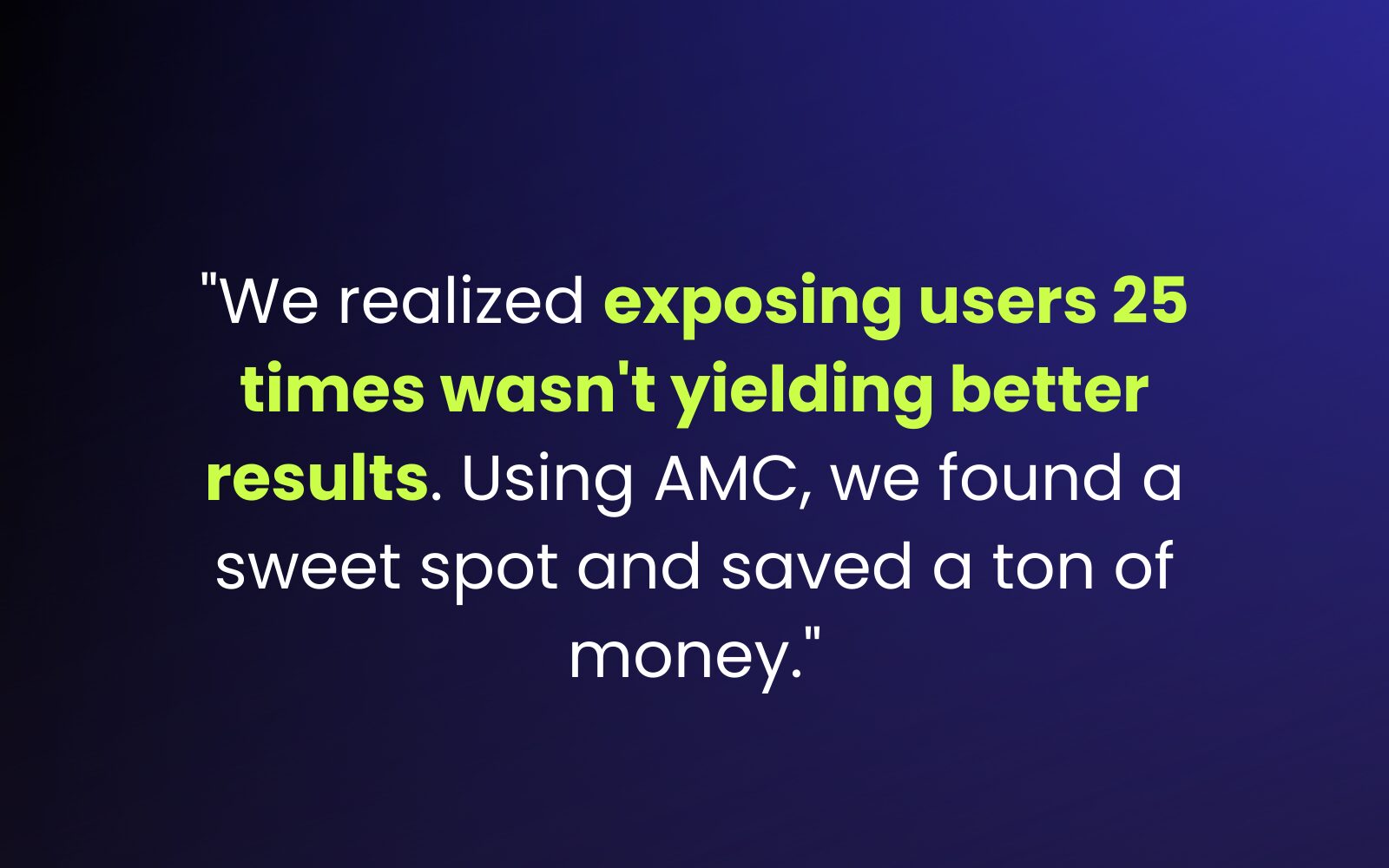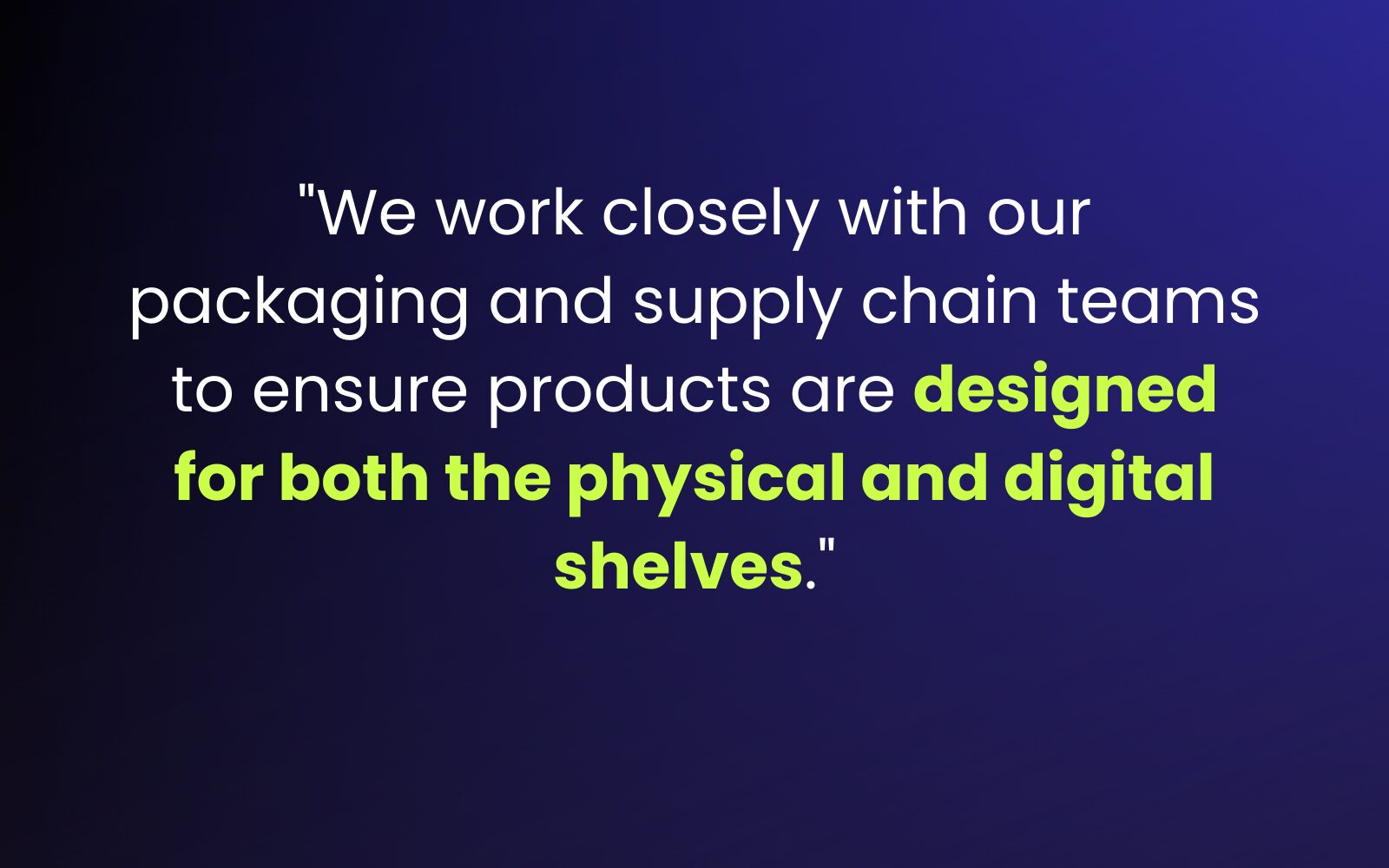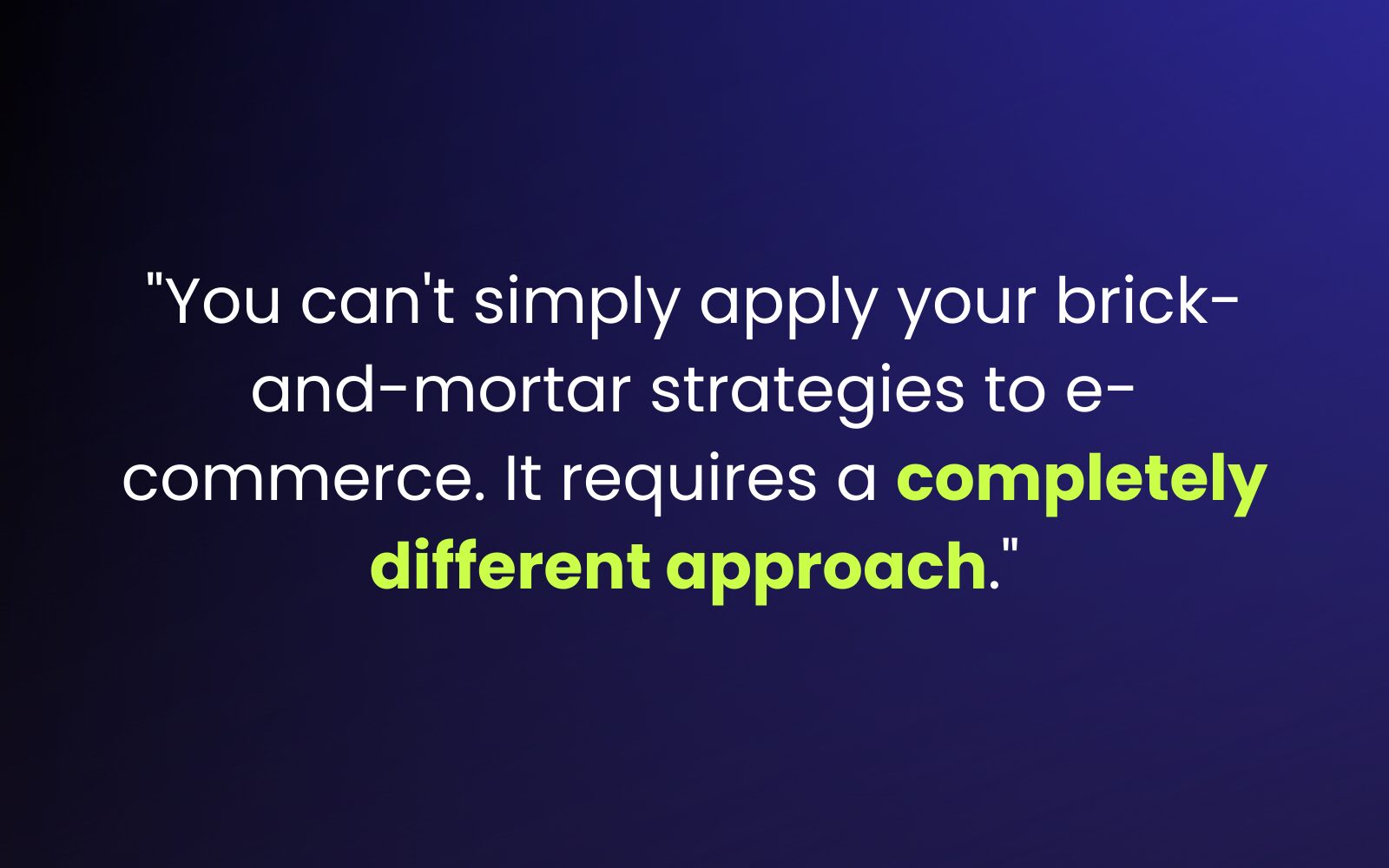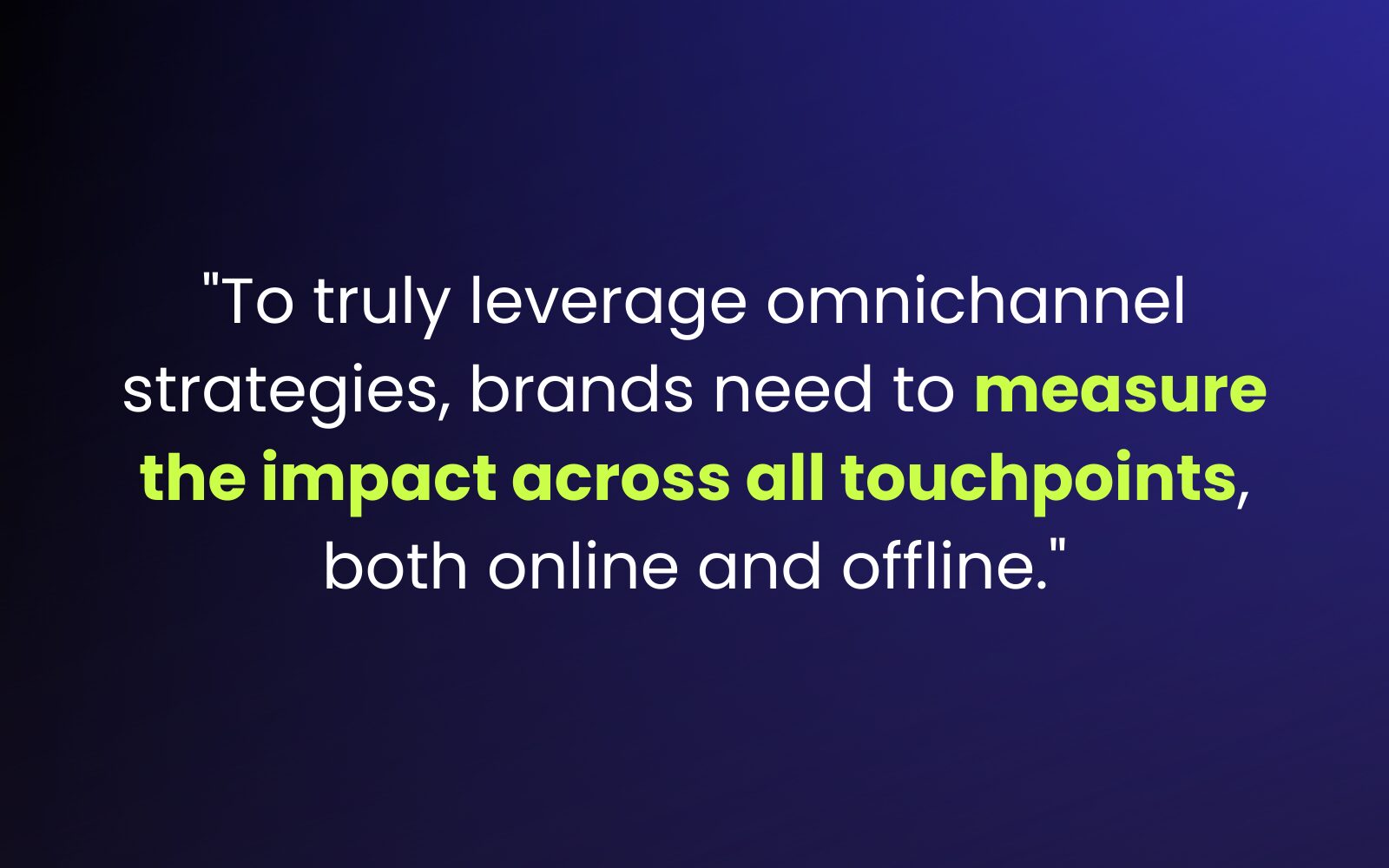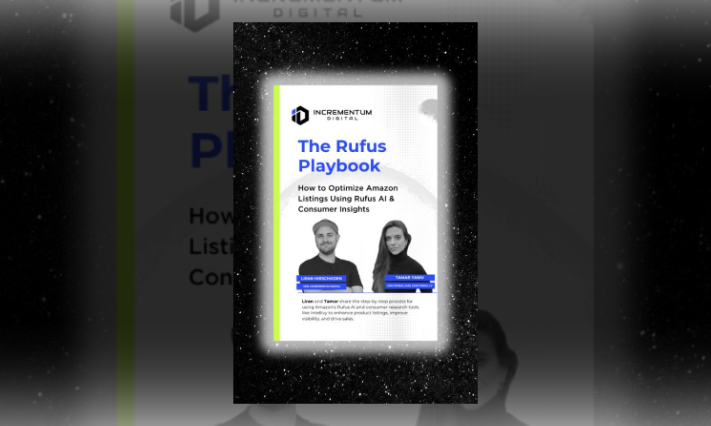Ecommerce Experts
Leveraging Amazon Marketing Cloud and More eCommerce Marketing Strategies: Insights from Vivek Rastogi

Did you know that 61% of consumers start their product search on Amazon? This underscores the importance of mastering Amazon’s platform for any brand looking to succeed in the digital marketplace. We sat down with Vivek Rastogi, the Senior Director of Global Digital Commerce at Colgate-Palmolive, to talk about how he oversees and manages the brand’s extensive relationship with Amazon, including their use of Amazon Marketing Cloud.
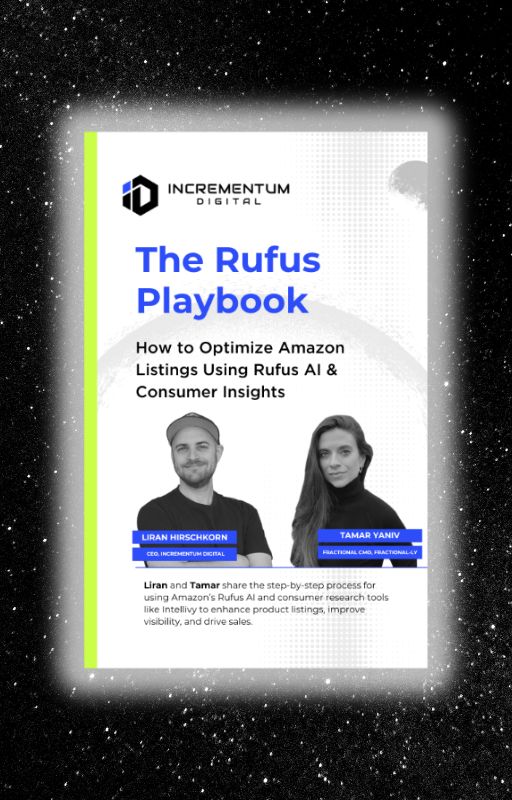
Learn How to Make Listings That Convert in 2025!
Read our step-by-step guide on how to optimize your listings using Rufus AI insights. Sign up for our newsletter and get your copy for free!
Show me howBelow are some of Vivek’s insights into crafting sophisticated e-commerce marketing strategies and driving digital transformation to provide a roadmap for brands to enhance their Amazon presence and achieve sustainable growth.
Harnessing Amazon Marketing Cloud (AMC)
First of all, What is Amazon Marketing Cloud? Basically, it is a powerful analytics tool provided by Amazon, designed to help brands better understand and optimize their marketing efforts on the platform.
AMC serves as a data clean room where brands can access and analyze a wealth of anonymized customer interaction data. This data-driven approach lets brands gain deep insights into their marketing performance, enabling more informed decision-making and enhanced ad strategies.
During our interview, Vivek shared some compelling use cases of AMC:
Frequency Analysis: Colgate-Palmolive discovered that certain users were exposed to their ads up to 25 times without converting. Using AMC, they identified the optimal frequency cap, saving significant ad spend while maintaining conversion rates. Vivek highlighted, “We realized exposing users 25 times wasn’t yielding better results. Using AMC, we found a sweet spot and saved a ton of money.”
Integrating First-Party Data: Colgate-Palmolive integrated its first-party data with AMC to compare audience segments. This integration helped them understand customers’ lifetime value and purchase frequency on Amazon versus their direct-to-consumer channels. According to Vivek, “We can now compare our first-party data with AMC data to identify better targeting opportunities and enhance our overall strategy.”
Practical Tips for Utilizing Amazon Marketing Cloud
For brands looking to start leveraging AMC, here are some practical tips:
- Start Small: Dive into AMC with a focused approach. Begin with specific business questions or hypotheses you want to test. “Pick your top priorities and start with clear business questions,” advises Vivek.
- Leverage Expertise: Consider building a team of data scientists or partnering with external experts to maximize AMC’s capabilities. The technical nature of AMC requires specialized skills for extracting and analyzing data effectively.
- Close the Loop: Ensure that insights gained from AMC are applied to your marketing campaigns. It’s crucial to both analyze data as well as act on it to optimize your ad strategies continually. Vivek emphasizes, “Extracting insights is just the beginning. The real value comes from applying these insights to improve your campaigns.”
By harnessing the full potential of Amazon Marketing Cloud, brands can transform their e-commerce marketing strategies, optimize ad spend, and ultimately drive better performance on Amazon.
Evolving from ‘Doing Digital’ to ‘Being Digital’
Nowadays, simply “doing digital” is no longer sufficient. Brands must transition to “being digital” by embedding digital thinking into the core of their operations.
Digital transformation is about creating a seamless and integrated digital experience that aligns with how modern consumers interact with brands. This holistic approach is crucial for brands to stay competitive, improve customer engagement, and drive growth.
Here are some valuable tips from Vivek on how brands can instill a digital-first mindset across their organization:
Mindset Shift: Vivek emphasized that digital transformation is not just the responsibility of the e-commerce or digital teams but of the entire organization.
He explained, “We are pushing for a mindset shift where digital thinking permeates every department. It’s about everyone thinking digital-first in their day-to-day work.”
Cross-Functional Integration: At Colgate-Palmolive, digital transformation involves close collaboration between different departments. For instance, the packaging team now considers how products will appear and perform in both physical and digital environments.
Vivek noted, “We work closely with our packaging and supply chain teams to ensure products are designed for both the physical and digital shelves.”
Actionable Steps for a Holistic Digital Approach
- Foster a Digital Culture: Encourage all employees to adopt a digital-first mindset. This can be achieved through training programs, workshops, and by setting digital transformation goals across all departments.
- Integrate Digital Across Functions: Break down silos by promoting cross-functional collaboration. Ensure that e-commerce marketing strategies are integrated into every aspect of the business, from product development to marketing and customer service.
- Leverage Data and Technology: Utilize data analytics and technology to drive decision-making. Implement tools that provide insights into customer behavior, market trends, and operational efficiencies. As Vivek mentioned, “Using data to inform our strategies has been a game-changer in how we approach digital commerce.”
- Continuous Improvement: Digital transformation is an ongoing process. Regularly review and refine your digital strategies to adapt to changing market conditions and consumer expectations. Vivek stressed, “It’s about continuously learning and evolving to stay ahead.”
By shifting from isolated digital projects to a comprehensive digital-first approach, brands can create a more cohesive and effective digital strategy that drives long-term success.
Mastering Ad Strategies for a Diverse Portfolio
Managing a diverse portfolio of brands presents unique challenges, particularly in maintaining distinct brand identities and preventing internal competition. Vivek discussed the complexity of handling multiple brands at Colgate-Palmolive and the strategies they use to address these challenges. He highlighted the importance of having clear and distinct brand positioning to ensure each brand targets its unique audience effectively.
Differentiating Brand Positioning and Targeted Ad Strategies
Vivek emphasized the need for each brand to have a well-defined positioning and strategy. For example, Colgate-Palmolive’s oral care brands—Colgate, Tom’s of Maine, and Hello—each have specific target audiences and brand messages. Vivek explained, “We work backwarduni from the brand’s positioning to determine the right strategy. It’s about understanding what the brand stands for and who its audience is.”
Tips for Effective Resource Allocation and Avoiding Internal Competition
- Define Clear Brand Roles: Ensure each brand has a unique market position and target audience. This helps in avoiding overlap and internal competition. Vivek stated, “We ensure our brands are distinct in their positioning, which helps in targeting the right audience without cannibalizing our own market.”
- Strategic Resource Allocation: Allocate resources based on the growth potential and strategic importance of each brand. Focus on brands with the highest potential for digital growth and invest accordingly.
- Cross-Functional Collaboration: Promote collaboration between teams managing different brands to share insights and best practices. This helps in leveraging collective knowledge and driving overall portfolio success.
- Use Data-Driven Insights: Utilize data analytics to understand the performance of each brand and make informed decisions. Monitor key metrics to identify opportunities for optimization and reallocation of resources.
By implementing these strategies, brands can effectively manage a diverse portfolio, ensuring each brand thrives without internal competition. Vivek’s insights provide a roadmap for brands looking to optimize their ad strategies and resource allocation in a multi-brand environment.
Avoiding Common Pitfalls in Digital Commerce
Transitioning to digital commerce can be fraught with challenges, and many brands make common mistakes during this shift. Vivek identified several pitfalls that brands often encounter:
Treating e-commerce Like Brick-and-Mortar: A significant mistake is treating digital commerce as just another sales channel. “You can’t simply apply your brick-and-mortar strategies to e-commerce. It requires a completely different approach,” Vivek emphasized.
Ignoring Supply Chain Nuances: Many brands assume their existing supply chain processes will work seamlessly for e-commerce, which is not the case. Digital commerce demands adjustments to handle different logistics, packaging, and delivery expectations.
To effectively manage supply chain challenges, Vivek suggests a thorough review and adjustment of supply chain processes to fit the needs of e-commerce. He explained, “What works in brick-and-mortar might not work for e-commerce. You need to adapt your supply chain to meet the demands of digital shoppers.”
- Adapt Packaging: Ensure packaging is designed to survive the rigors of e-commerce logistics.
- Optimize Logistics: Develop efficient logistics solutions that cater specifically to online orders, including faster delivery options and better inventory management.
Leveraging Retail Media for Upper-Funnel Activities
Retail media is often seen as a tool for driving immediate sales, but it also has significant potential for upper-funnel activities like brand building and awareness.
Vivek shared, “Brands should leverage retail media to build awareness and not just focus on lower-funnel conversions. There’s a tremendous opportunity to build brand equity.”
Here are tips on how to implement this:
- Full-Funnel Approach: Utilize retail media for both awareness campaigns and conversion-focused ads.
- Data-Driven Decisions: Use analytics to understand the impact of retail media on brand awareness and adjust strategies accordingly.
Ensuring Seamless Integration Between Digital and Physical Retail
To create a cohesive customer experience across digital and physical channels, brands must integrate their strategies effectively.
Vivek highlighted the importance of a unified approach, “Digital and physical retail should not be siloed. They need to complement each other to provide a seamless shopping experience.”
To seamlessly integrate your brand’s digital and physical retail, these are three things you can do:
- Unified Customer Experience: Ensure that online and offline experiences are consistent, from branding to customer service.
- Integrated Marketing: Coordinate marketing efforts across channels to provide a cohesive message and brand experience.
- Cross-Channel Data Integration: Use data from both digital and physical channels to gain a comprehensive understanding of customer behavior and preferences.
By avoiding these common pitfalls and implementing these strategies, brands can successfully navigate the complexities of digital commerce and create a unified, effective retail strategy.
Future Trends and Opportunities in e-Commerce
The Potential of AI and Advanced Data Analytics
Artificial Intelligence (AI) and advanced data analytics are revolutionizing the e-commerce landscape. These technologies enable brands to gain deeper insights into consumer behavior, optimize e-commerce marketing strategies, and enhance the overall shopping experience.
Vivek discussed how AI can be used to personalize customer interactions, improve product recommendations, and streamline operations. He noted, “AI and data analytics provide unprecedented opportunities to understand and anticipate customer needs, making our strategies more effective and efficient.”
AI’s capabilities extend into several areas that can significantly impact e-commerce strategies:
Personalization: AI algorithms can analyze customer data to deliver personalized shopping experiences, from product recommendations to tailored marketing messages.
Predictive Analytics: Advanced data analytics can forecast trends, manage inventory, and predict customer behavior, helping brands stay ahead of the curve.
Measuring Omnichannel Impacts and the Role of Retail Media Networks
The ability to measure the impact of omnichannel strategies is becoming increasingly important. Retail media networks play a crucial role in bridging the gap between online and offline channels.
Vivek emphasized the importance of understanding the holistic customer journey, “To truly leverage omnichannel strategies, brands need to measure the impact across all touchpoints, both online and offline.”
Here are two ways to measure your omnichannel strategies:
Integrated Metrics: Use integrated metrics to track the performance of marketing campaigns across different channels. This helps in understanding how online efforts drive in-store traffic and vice versa.
Retail Media Networks: These networks provide valuable data and advertising opportunities that can enhance both digital and physical retail strategies. Leveraging these platforms can lead to more cohesive and effective marketing efforts.
By embracing AI and advanced data analytics, measuring omnichannel impacts, and staying ahead of trends, brands can seize new opportunities and drive sustained success in the dynamic e-commerce landscape.
If you’re interested in learning how you can implement omnichannel engagement to boost brand loyalty, read more about it here.
For more insights on building a customer-centric brand, check out our interview with the Head of Customer Research and Marketing Insights at Zappos, Alex Genov.
Conclusion
The insights shared by Vivek underscore the necessity of embracing advanced technologies, understanding omnichannel impacts, and continuously adapting strategies to meet evolving consumer demands. By doing so, brands can unlock new opportunities and drive sustained success in the dynamic e-commerce environment.
For a deeper dive into these strategies and more expert advice, watch the full interview here.
LET’S DISCOVER WHAT’S POSSIBLE FOR YOUR BRAND
We’re here to listen and uncover opportunities tailored to your unique goals.
Fill out the form to get started, and you’ll walk away with real insights and actionable recommendations—whether we work together or not.
- HANDS-ON LEADERSHIP
- AWARD-WINNING PARTNERSHIPS
- CUSTOM-BUILT SOLUTIONS
